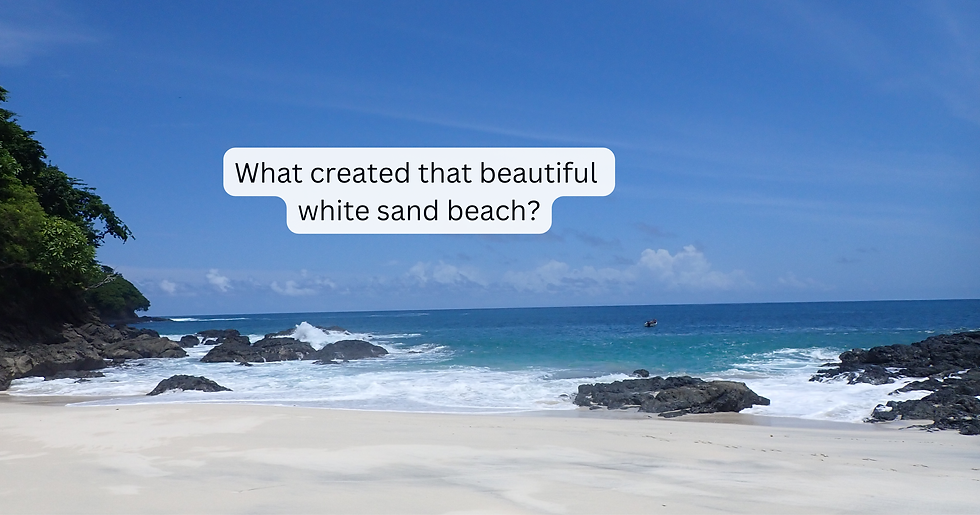Float Seeds on the Beaches of Morrillo, Panama
- Cari Mackey

- Aug 11, 2024
- 2 min read
Beachcombing for some is an important form of meditation, a source of endless fascination of what humans leave behind - think someone wearings socks, sandals (FYI - sandals with socks it totally cool), a big hat, and an even bigger metal detector, or an investigation into what happens out in the open ocean. A sort of graveyard. Hours and hours can pass by as you ask yourself "What is this?" "What was this?" "Where did this come from and why is it here?"
It's also a look into the eco systems that surround you and that beach has lots of stories to tell so long as it's a healthy and living beach. Heck, dead beaches have a story to tell, but we'll save that sadness for another day.
The story of a beach is much like that of an iceberg. What you see is just the tip of well, the iceberg! What makes a living beach is what is happening not only what we see on the surface but below where you can only imagine, or like now, and in the past here, learn about it too. Do you remember learning about the bubbler crabs, and fiddler crabs, and sand dollars (a.k.a. sea cookies)?
They have some pretty creepy stories to tell but you may have also found yourself wondering about the things you see in the top photo as well, so let's scratch the surface of the beach for some float seeds - a bit less creepy.
Like this one - the red mangrove seed. She's better known as the beach pencil and is easily found when walking the beach or out on the water while waiting for waves to come in.
Our estuary is lined by two types of mangrove: red and tea leaf mangroves. The red mangrove is the most common mangrove in the world found lining the estuaries with long spectacular roots. The tea leaf mangrove on the other hand, is exceedingly rare and a critically endangered species.
Many people call them the walking mangrove because their long spindly roots make them appear as though they are walking on water but they don't actually move. They do however, protect the shore, create a nursery for the sea, habitat for birds, and a beautiful place for kayaking and paddle boarding.
We look forward to combing the beach between surf sessions with you one day soon for all the amazing things nature has to share with you here on the beach, below the surface, and in the water.
Your Friends in Morrillo,
Cari and Ryan Mackey
Owners and Hosts
Morrillo Beach Eco Resort











Comments